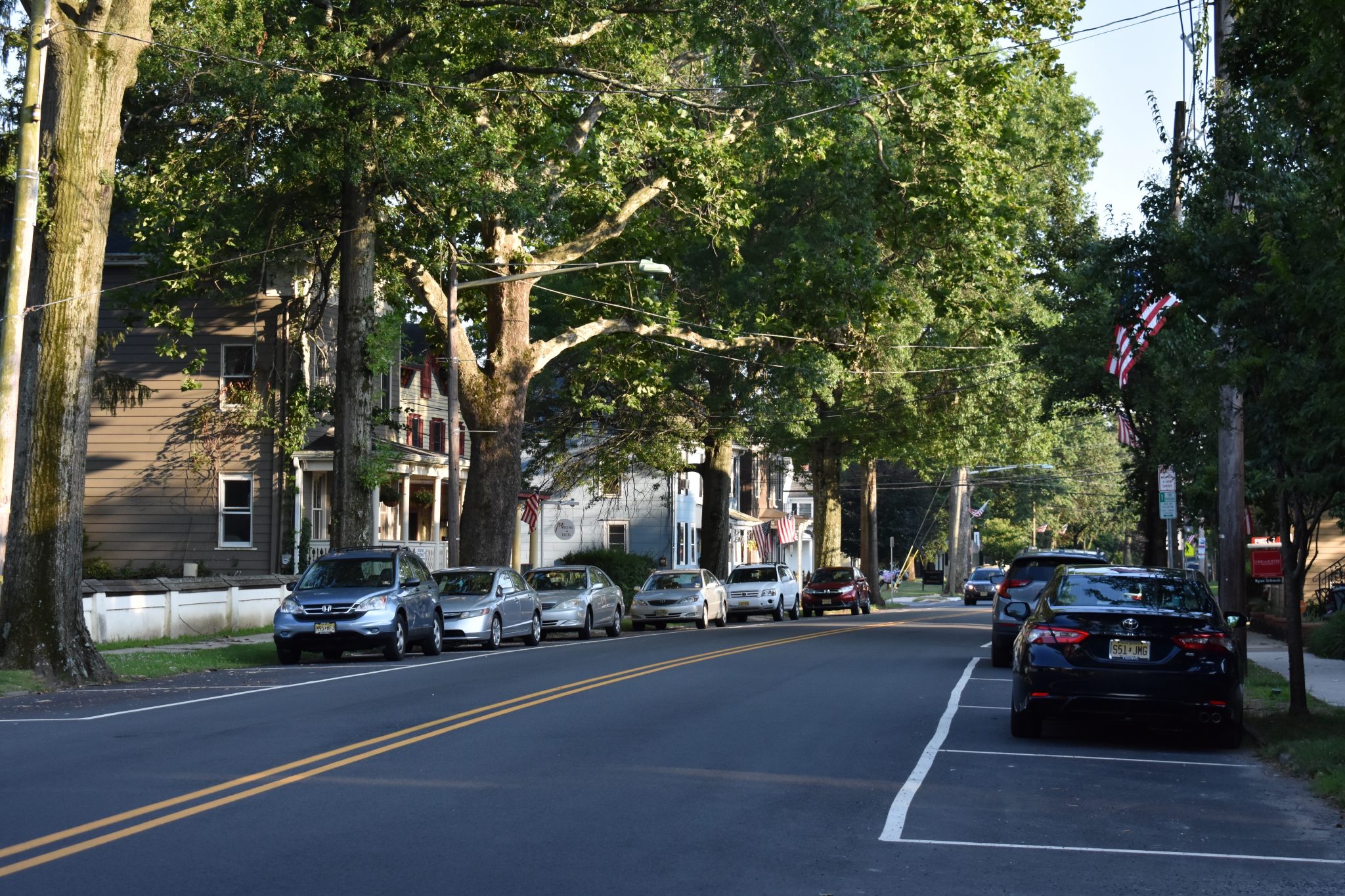Pennington Borough officials are improving public safety in the community by installing stops signs at the intersections on Eglantine Avenue and Abey Drive.
The Pennington Borough Council moved forward on this measure after the Public Safety Committee made its recommendations to council members.
Stop signs will be replaced at the intersection of Eglantine Avenue and East Franklin, where they are set to be positioned on Eglantine Avenue’s southbound portion of the intersection.
“There are three stop signs being r-installed that were there, but we repaved the road this summer. We needed to restripe the road in accordance to the stop signs,” said councilwoman Catherine Chandler. “There was a brief conversation on if we needed all three stop signs, but the public safety committee felt that is did not want to change the traffic pattern. Three stops at that intersection is appropriate.”
The next three stop signs are going to be installed at the cul-de-sac intersections of Abey Drive with Kings Court, Mallard Drive and Queens Lane. The stop signs are replacing a yield sign at the end of Kings Court and are being re-installed at Mallard Drive and Queens Lane.
“There is a yield sign at Kings Court and the public safety committee reviewed that and did not believe that was a safe situation. It is just one of those things that you drive by for 30 years and do not really notice. That should be a full stop,” Chandler said. “We updated the yield to a stop sign. We are not moving forward blindly and just redoing what we had there before.”
According to Chandler, she said that during her time on the council there had not been any major incidents at any of the intersections that will either be having a re-installed stop sign or new stop sign.
“We want to continue to keep it that way,” Chandler said.
During the summer, Pennington officials approved the reconstruction of Abey Drive and Kings Court to improve the conditions of the streets.
“We are moving forward on a lot of repaving of a lot of roads in town and this gives us an opportunity to look at what is currently on the streets and what needs to be there. This makes certain that the public needs are being met,” Chandler said.

